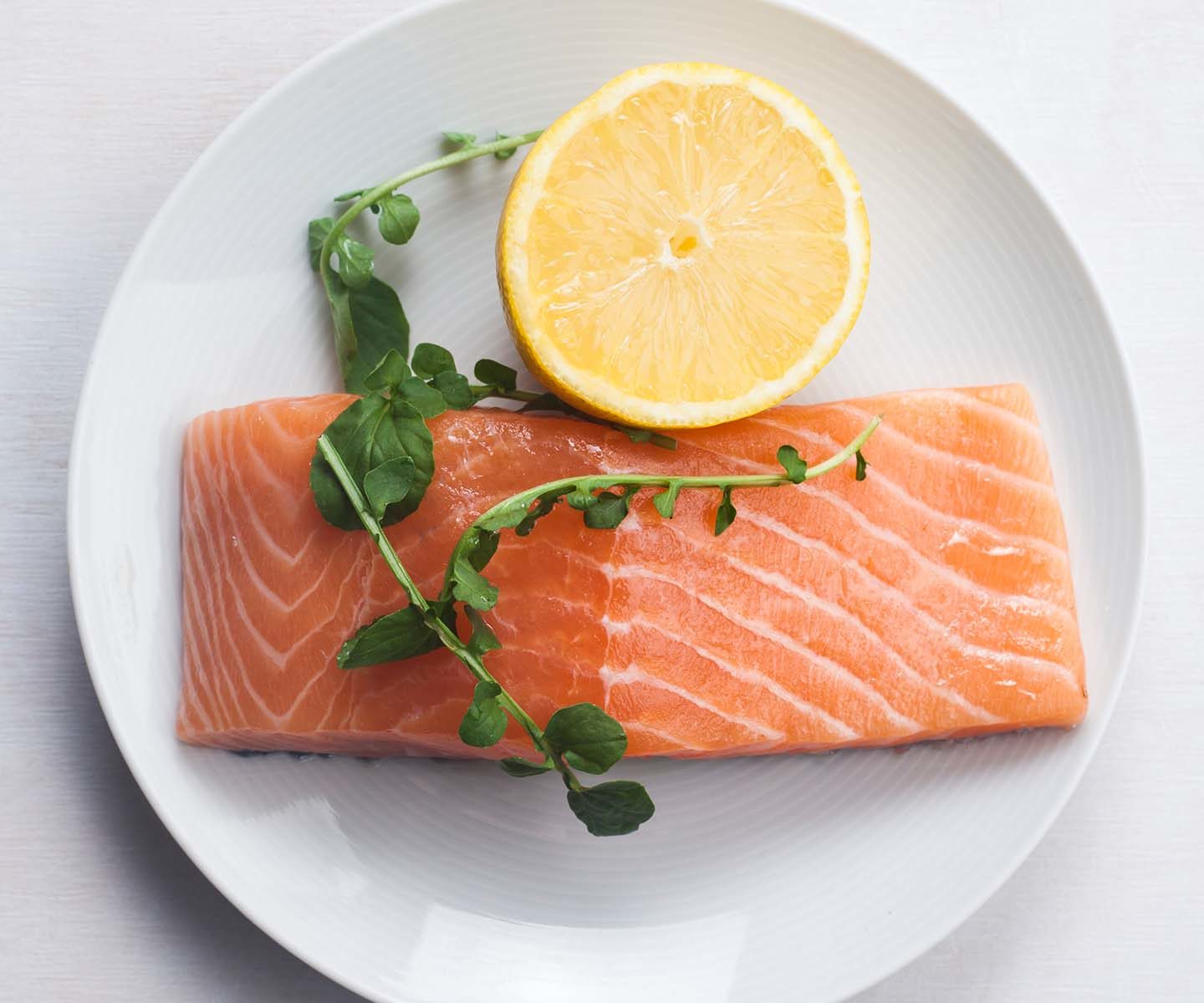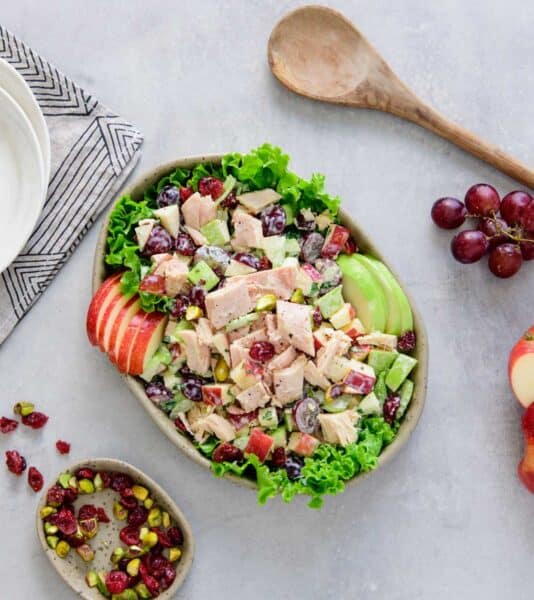Let’s start with the bad news (don’t worry – good news will follow): heart disease is the leading cause of death in America, accounting for approximately 40 percent of deaths annually in the United States. And the higher one’s blood cholesterol level and/or blood pressure, the higher the risk for developing heart disease or having a heart attack. What’s the good news? Many deaths from heart disease are preventable through healthful eating and an active lifestyle. Though the risk factors of age and genetic tendency aren’t in one’s control, it is possible to minimize the risks of heart disease through diet and exercise.
One dietary factor that can help is the consumption of omega-3 fatty acids. Research suggests omega-3 fatty acids from fish, such as tuna or salmon, may reduce inflammation related to heart disease, lower triglyceride levels, and help lower the risk for blocked blood vessels and heart attacks. But how much omega-3 is enough? The American Heart Association and the U.S. Dietary Guidelines recommend two servings of fish a week, about 8 ounces total.
Although fish-oil supplements contain omega-3 fatty acids, the American Dietetic Association doesn’t advise them as a dietary supplement for most people, as they won’t undo the damage of an unhealthy diet.
“Food is the preferred source of omega-3s,” said registered dietician Sharon McNerney. “Seafood, in particular, provides other nutritional benefits as well, including selenium, protein and B vitamins. And compared to most meat and poultry, it has less saturated fat.”
Of course, it is recommended that people seek advice specific to them by consulting with their physicians.
Sources: American Dietetic Association, U.S. News & World Report, National Vital Statistics Reports, American Heart Association, The Institute of Medicine, International Food Information Council.







